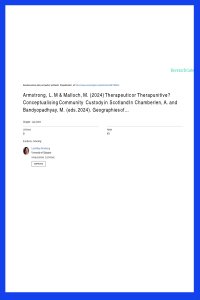Written by: Mirko Bagaric and Morgan Begg
Australia is experiencing both an incarceration crisis and an unprecedented worker shortage. Sensible criminal justice reform can address the excessive burden on Australia’s prison system while also filling persistent job vacancies in the economy.
According to the Australian Bureau of Statistics, there are currently close to 450,000 jobs vacancies across the economy, which is double the number of job vacancies prior to covid-19. And close to one in four businesses have stated they cannot find the workers they need.
In terms of incarceration, Australia’s incarceration rate has increased by 240 per cent since the mid-1980s. This is three times our population growth rate. This is much higher than other commonwealth countries with similar legal systems, such as Britain and Canada, and more than double European countries such as Germany, The Netherlands, and Sweden.
The total cost to the Australian taxpayer of imprisoning roughly 42,000 prisoners is now nearly $4.5 billion annually. Over-incarceration imposes an additional cost on Australians by depriving our labour force of healthy, working age men and women who could otherwise be productive members of society.
Approximately 42 per cent of prisoners have not committed sexual or violent offences. Not imprisoning these low-risk non-violent offenders would support, and most likely enhance, their rehabilitation. It has been firmly established that many employers are prepared to employ people who have prior convictions for non-violent and non-sexual offences, and when they do employ such people they are invariably pleased with their decision.
If Australian governments reformed sentencing so that non-violent low-risk offenders were not detained at taxpayer expense, but rather were put to work in industries which urgently need workers, this could deliver substantial benefits to taxpayers without compromising community safety.
If this reform had been implemented in 2021-22 as many as 14,000 young and healthy adults could have been added to the workforce, which would have improved government budgets by $1.95 billion in reduced incarceration costs and increased income tax revenue. If this reform had been implemented between 2016-17 and 2021-22, total budgetary savings would have been in the order of $10.4 billion in reduced incarceration costs for state governments and additional income tax revenue for the federal government.
Diverting low-risk non-violent offenders from prison and giving them the opportunity to work would enhance their lives and prospects, promote community safety, improve the economy through increased productivity, and reduce net government spending and debt.
Melbourne: Institute of Public Affairs, 2023. 20p.





















